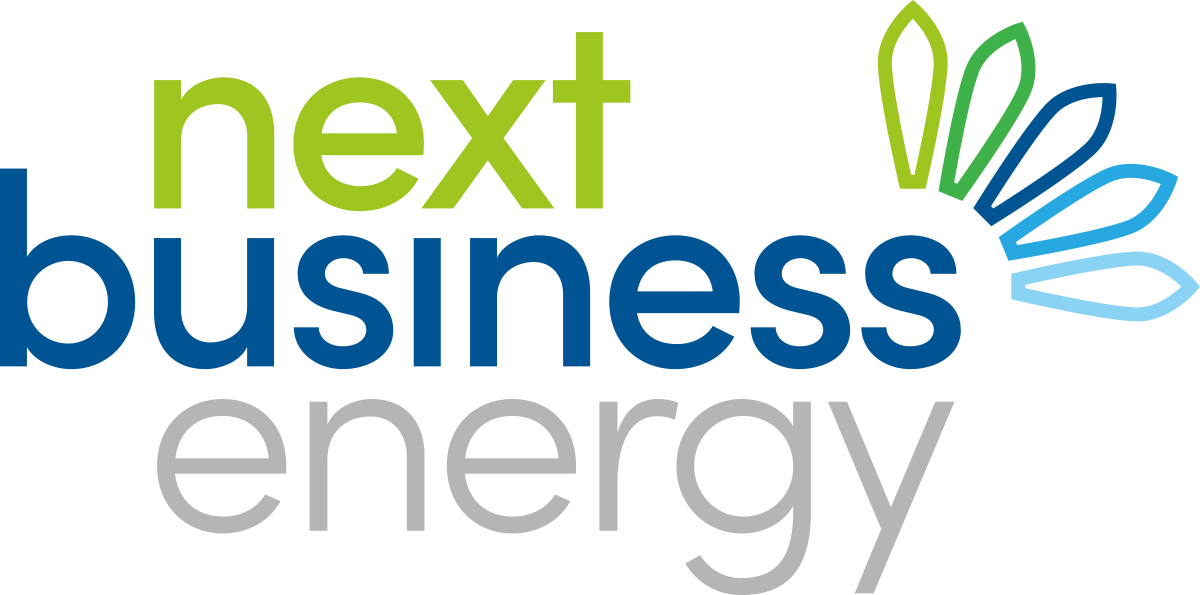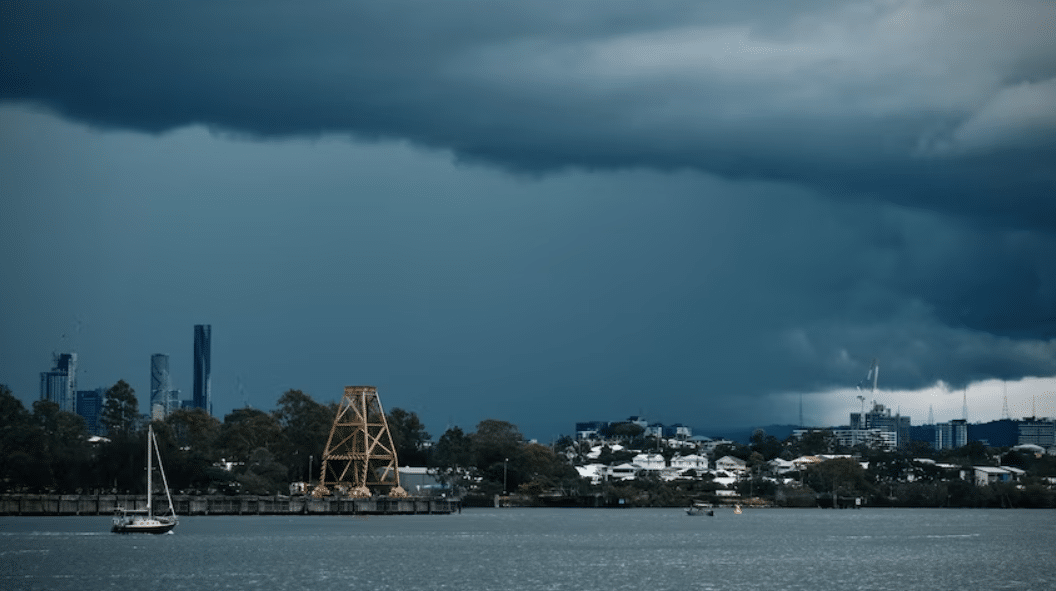As Australia braces for the potential return of La Niña this year, it’s important to understand how these weather patterns could affect not only the country’s climate but also the energy landscape. With the Bureau of Meteorology placing the nation on “La Niña watch,” there’s a chance we may experience cooler and wetter conditions across much of the mainland. But why is this relevant to you and your electricity supply? And what can you do to mitigate potential impacts?
La Niña, part of the larger El Niño–Southern Oscillation (ENSO) cycle, typically brings increased rainfall, more cloud cover, and stronger winds. While these climate shifts can have various effects, they can significantly impact electricity supply and costs. Here’s how:
- Reduced Solar Power Generation: With increased cloud cover, solar energy production may decrease. This means businesses relying on rooftop solar systems could see lower yields, increasing the need to draw from the grid, potentially at higher costs.
- Shifts in Wind Energy: On the flip side, stronger winds during La Niña can boost wind energy production, which could help balance the grid and lead to lower electricity prices, especially overnight.
- Disruptions to Traditional Energy Supply: La Niña’s wetter conditions can affect coal production, leading to disruptions in supply and pushing prices higher, especially during peak periods.
- Variable Demand Patterns: Cooler temperatures could result in higher electricity consumption during winter for heating, though summer demand for air conditioning may decline. These fluctuations could impact overall energy pricing and availability.
So, how does this affect your electricity supply?
As these weather patterns influence renewable energy production and traditional energy sources, they can cause volatility in electricity supply. In the event of extreme weather, such as floods or storms, there could be further disruptions, potentially leading to power outages or price spikes during periods of high demand.
Will La Niña definitely happen?
While the Bureau of Meteorology has indicated the possibility of La Niña, it’s not guaranteed. Conditions are being closely monitored, and businesses should be aware of potential impacts, even if the event does not materialise.
What can you do to prepare?
Even though La Niña may or may not happen, there are practical steps you can take to safeguard your energy strategy:
- Leverage demand response: Monitor your energy consumption during peak periods and adjust usage to avoid high prices and alleviate pressure on the grid.
- Invest in battery storage: By storing energy during times of low demand (and lower prices), you can use it during peak periods, minimising your reliance on the grid and saving on costs.
- Switch to renewable energy: Consider increasing your reliance on renewable sources like wind or solar to shield your business from potential price spikes and energy disruptions.
At Next Business Energy, we are dedicated to helping businesses navigate these unpredictable changes by building a more resilient, renewable-focused energy strategy. As the frequency of ENSO events like La Niña and El Niño continues to increase due to climate change, it’s more crucial than ever to future-proof your energy supply and mitigate risks.

